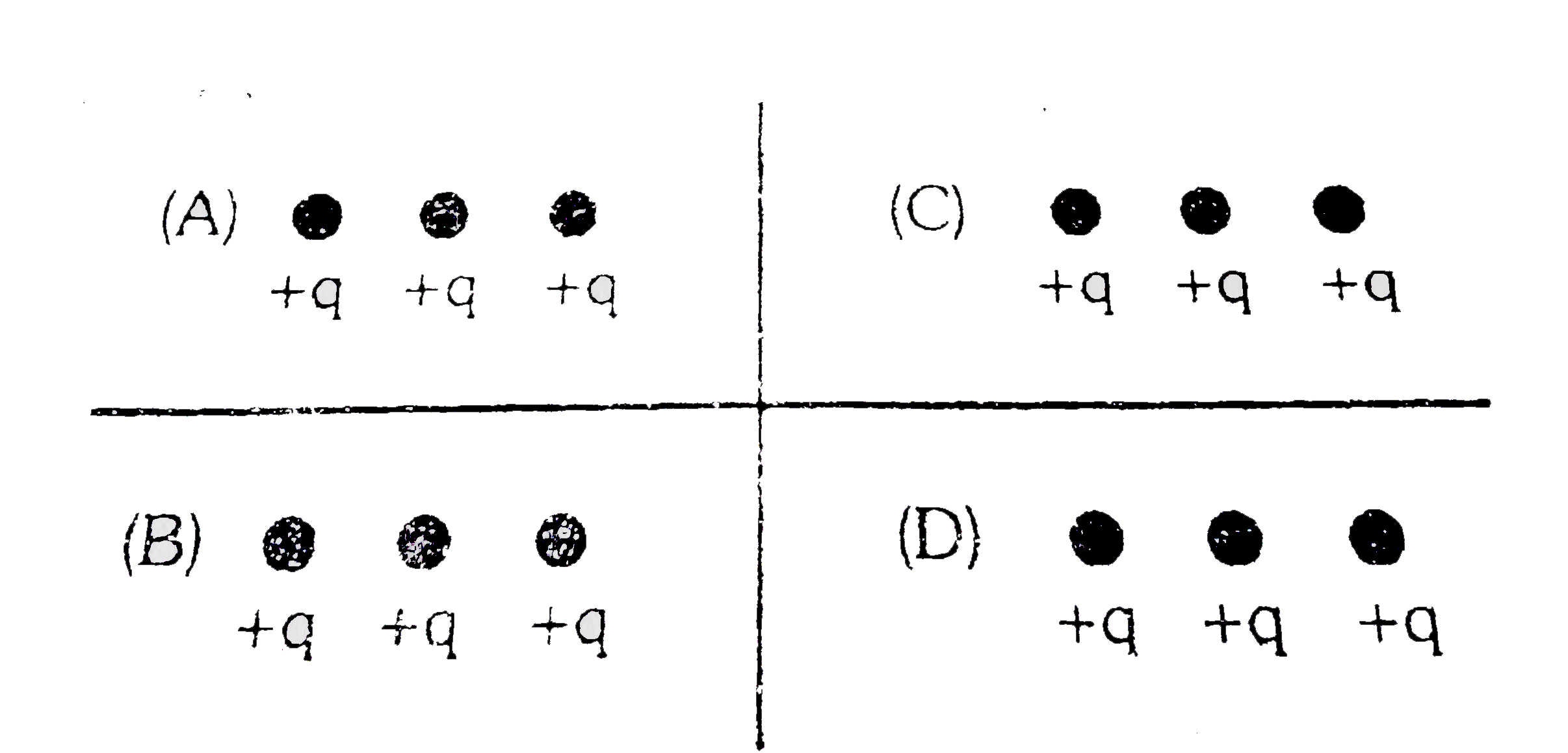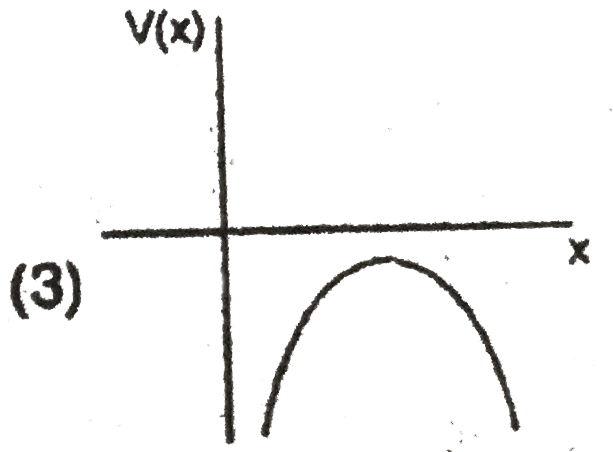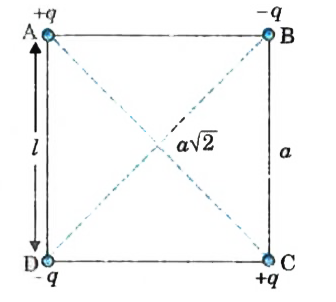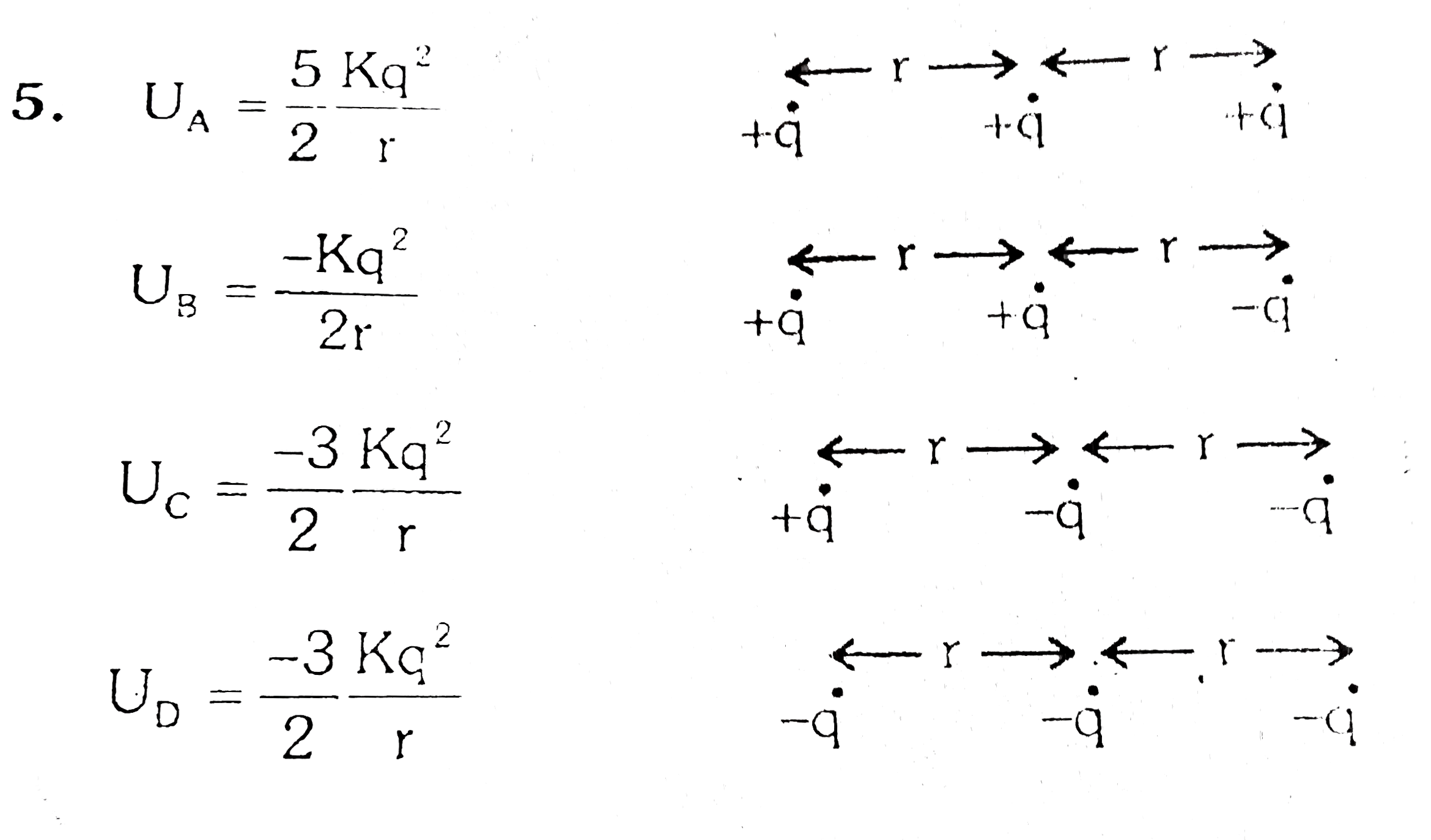Rank the work required to assemble the charge distribution below from leats to greatest. In all cases, the separation between the middle charge and the outer charges are the same. Use a reference of zero potential energy at ∞.

A<B<C=D
C=D<B<A
A<B=C=D
B=C=D<A
The correct Answer is:B
Topper's Solved these Questions
- BOOK - ALLENCHAPTER - MISCELLANEOUSEXERCISE - Exersice-037videos
MISCELLANEOUS
- BOOK - ALLENCHAPTER - MISCELLANEOUSEXERCISE - ASSERTION-REASON18videos
MISCELLANEOUS
- BOOK - ALLENCHAPTER - MISCELLANEOUSEXERCISE - Part -II Example Some worked out Examples1videos
MISCELLANEOUS
- BOOK - ALLENCHAPTER - KINEMATICS (MOTION ALONG A STRAIGHT LINE AND MOTION IN A PLANE)EXERCISE - BEGINNER S BOX-78videos
KINEMATICS (MOTION ALONG A STRAIGHT LINE AND MOTION IN A PLANE)
- BOOK - ALLENCHAPTER - PHYSICAL WORLD, UNITS AND DIMENSIONS & ERRORS IN MEASUREMENT EXERCISE - EXERCISE-IV8videos
PHYSICAL WORLD, UNITS AND DIMENSIONS & ERRORS IN MEASUREMENT
Similar Questions
Knowledge Check
- Question 1 - Select One
When the separation between two charges is increase the electric potential energy of the charges.
AincreasesBdecreasesCremains the same.Dmay increase or decrease - Question 2 - Select One
When the separation between two charges is increased, the electric potential energy of the charges
AIncreasesBDecreasesCMay increases or decreaseDRemains constant - Question 3 - Select One
Which graph(s) show(s) the correct distribution of potential (at the points between them) due to two like point charges. [X= distance from the charge on left]
A B
B C
C D
D
Which of the following statement(s) is/are correct? If the electric field due to a point charge varies as r^(-2.5) instead of r^(-2),then the Gauss law will still be valid. The Gauss law can be used to calculate the field distribution around an electric dipole. If he electric field between two point charges is zero somewhere,then the sign of the two charges is the same. The work done by the external force is moving a unit positive charge from point A at potential "V_(A)" to point B at potential "V_(B)" is,(V_(B)-V_(A))
View SolutionTwo point charges of +q each are placed at two diagonally opposite corners of a square. Another two point charges of -q charge each are placed at the two remaining corners. Take the edge length of square equal to l. Calculate (i) work needed to move these charges slowly from an infinite separation to this given configuration. (ii) Assume that four charges at corners of the square are held fixed. Another charge Q is to be moved from infinity to the centre of this square slowly. What additional work is required to do so?
 View Solution
View SolutionA parallel plate capacitor having plate area A and separation between the plates d is charged to potential V.The energy stored in capacitor is ....???
View SolutionThe work require to displace charge q from infinity to given point is W, then electric potential at that point is
View SolutionTwo positive point charges are separated by a distance R. If the distance between the charges is reduced to R/2, what happens to the total electric potential energy of the system?
View Solution


